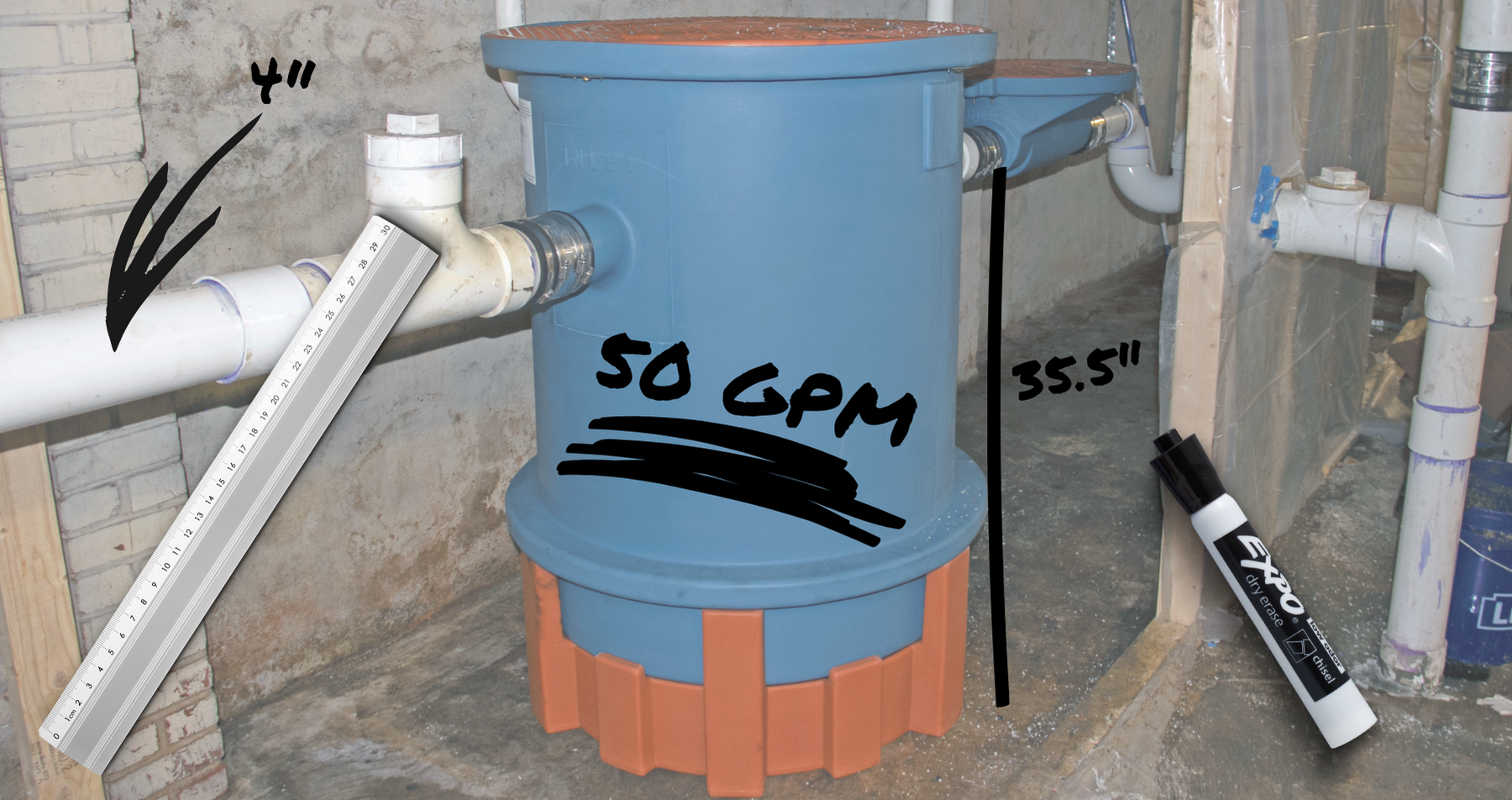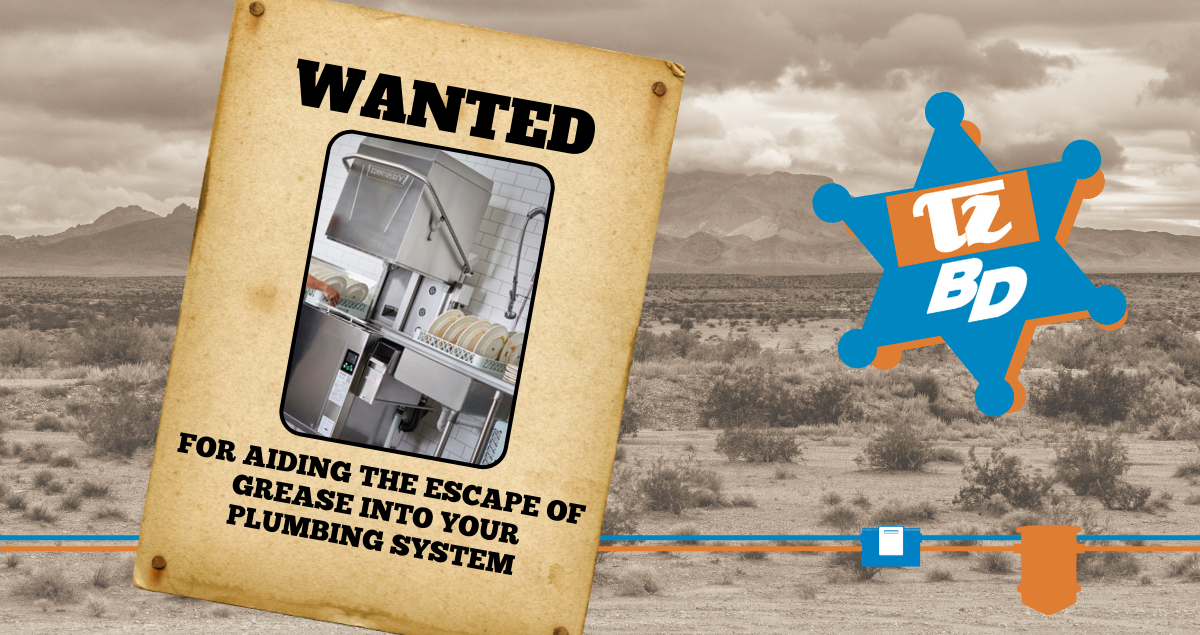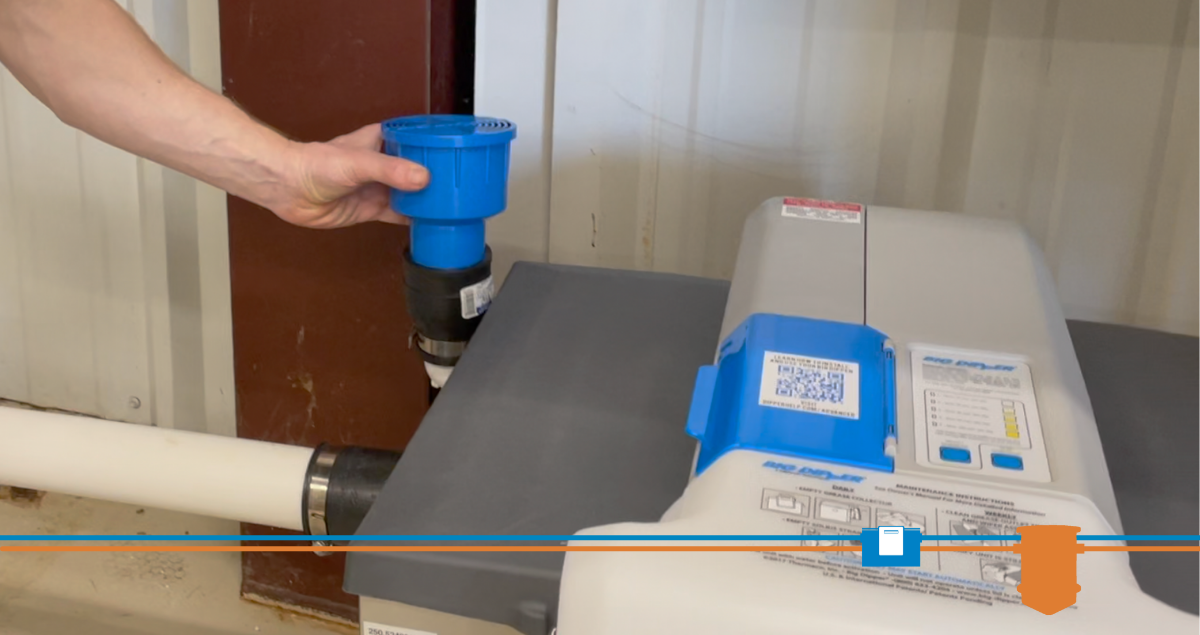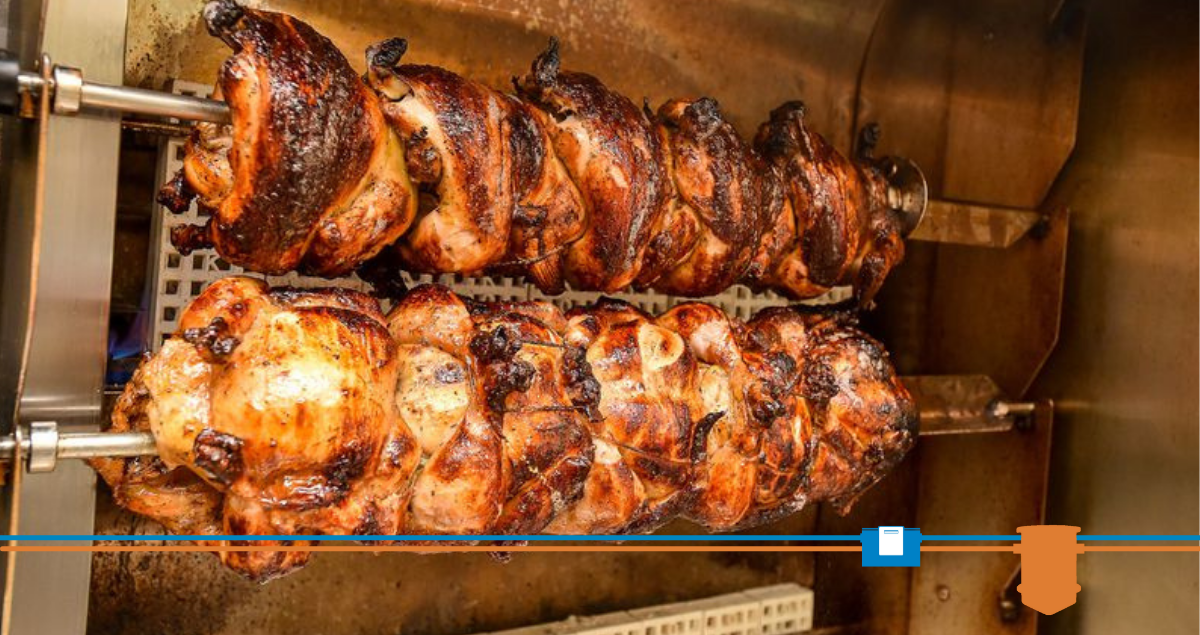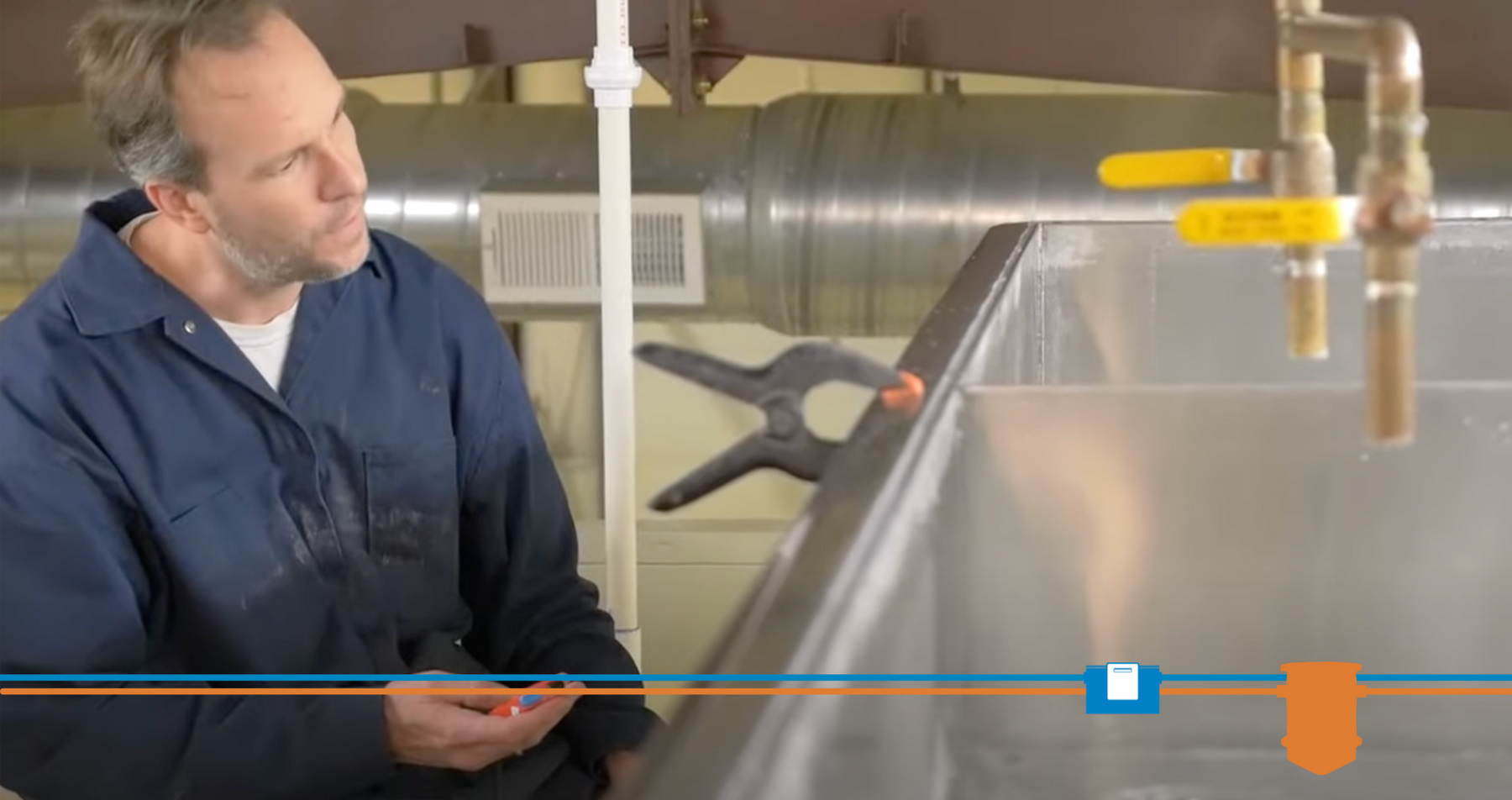Answering One of Pretreatment's Most Commonly Asked Questions
- Oct 7, 2021
- 0 Comments
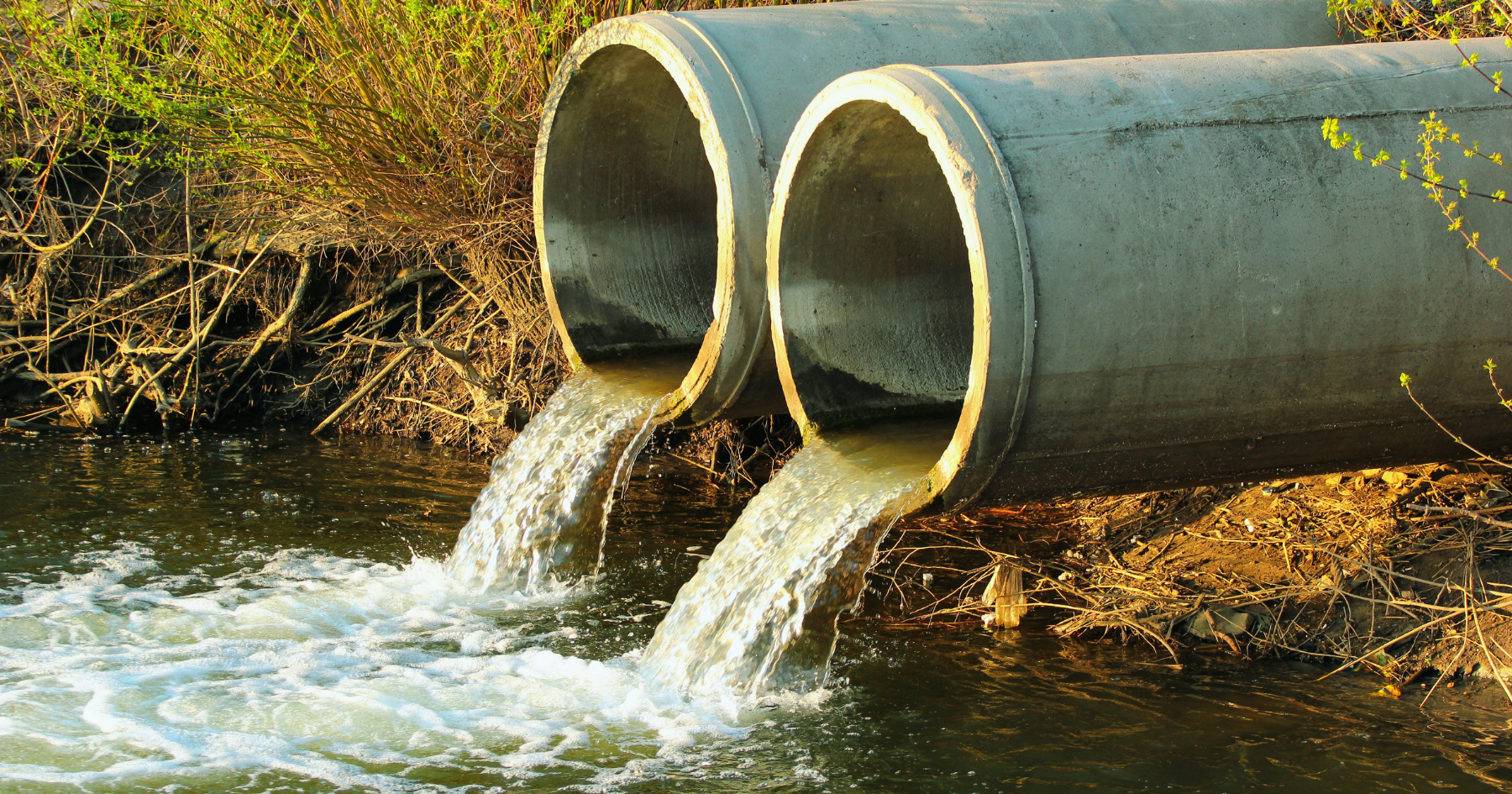
In my 36 years working in the Pretreatment field, I've heard one question more frequently than any other:
“How do I know when to service a grease separator?”
Everyone from pretreatment coordinators and restaurant owners to plumbers and site designers asks it, and we’re never surprised. The entire pretreatment FOG management system depends on grease separators being serviced in a timely manner.
But I often wonder if there is more to the question. Is there is a bigger concern that more frequent pumping out of grease separators does not eliminate high FOG effluent numbers? Not knowing any other action course, a few pretreatment officials have required extraordinarily short pumping intervals for large downstream grease separators because effluent samples at those sites had repeatedly high FOG readings.
I understand the logic. A downstream grease separator is expected to serve as the be-all, end-all FOG containment device that protects the sewer system. If the FOG readings are too high, it seemingly should be pumped more often. But four decades of experience has shown me that regulators may expect too much of these devices. For a city with thousands of food service establishments (FSEs), each with different operating volumes, operating hours, and menus, determining what “timely” service is for grease separators can be challenging.
As already noted, to ensure minimal FOG reaches the sewer collection system, the widely held solution is to pump frequently. Some cities require monthly pumping of all grease separators, for instance. This ensures the enforcement of a system-wide cleaning standard, but is it fair to everyone? Some sites execute good Best Management Practices (BMPs) and discharge little grease to their grease separator(s). Other FSEs simply do not generate much grease because of their menu, cooking system, and ware-washing practices.
In my years of field work, the answer to, “How do I know when to clean a grease interceptor?” has become clear if not especially simple. A one-size-fits-all approach won’t work because so many variables exist among FSEs in your area.
I once visited a bustling neighborhood hamburger restaurant in Victoria, British Columbia, where the daily operating goal was to generate less than a 5-gallon bucket of disposed waste, including paper and packaging. The staff chided me for putting disposable gloves I wore to service their Big Dipper unit into their waste bucket. True story: I had to take the gloves out! That restaurant certainly didn’t need its grease separator to be pumped frequently.
So what is fair? The answer may tie to my first meeting with Leon Holt in the mid-1980s. Before he became known in pretreatment circles for his work with The Town of Cary, Leon served as a pretreatment coordinator in Raleigh. That’s where he introduced me to an internal effluent analysis study he conducted across a large swath of Raleigh FSEs. The results clearly showed that different cuisines correlated to higher or lower effluent FOG loadings. Since then, other studies in other cities and by the Water Environment Research Foundation have further supported Leon’s findings.
We can use this data to roughly sort FSEs into “piles” corresponding to bell curves for each menu type. The art in managing bell curves is not in containing outliers at the edges of the curve. It’s in moving the distribution’s center in the desired direction. That typically requires a process change. Containing outliers without moving the average is difficult to accomplish without adding more oversight/inspection/other time or energy-expending activities.
In the case of pretreatment goals, moving the average downward is the more efficient aim. By moving the average downward, the volume of total FOG going into the sewer system is noticeably lower than if the average was higher and the occasional outlier was snipped off magically by some form of intervention.
The chart below is from a field study at a site, first with a conventional downstream grease separator (orange) and then with an active upstream pretreatment grease capture device installed at its pre-rinse sink at dishwashing (blue).
Three things stand out:
- The average is 213.4 ppm without active point-source control and 156.5 ppm with active control.
- The standard deviation is statistically equivalent (101.7 for no point-source control and 92.8 for active point-source control).
- As in many FOG studies, nearly all outliers come from grease/detergent emulsions. Grease separators cannot separate an emulsion. Period.
In this particular case, we traced all outliers to the same daily time window – between 5 and 6 p.m. Why this period? The restaurant was only open from 6 to 10 p.m. Kitchen staff prepared sauces and oven-cooked meats each afternoon and washed pots and pans between 5 and 6 p.m. Dishwashing began around 6 PM and continued until midnight.
Active grease capture was installed at the pre-rinse sink at dishwashing, with water flowing to a high-efficiency large grease separator in the basement. The pot-washing sink release represented only 20% of the kitchen effluent flow.
In hindsight, we should have added an active grease removal device on the pot washing sink and encouraged the restaurant to pre-rinse the grease out of the pots BEFORE washing the pots with detergent. By capturing the free-floating (not attached to detergent) fats, oils, and grease at the point source, the overall average would have been further reduced, likely resulting in greatly reduced outliers from detergent/FOG emulsions.
In my years of field work, the answer to the question, “How do I know when to clean a grease interceptor?” has become clear if not especially simple. A one-size-fits-all approach won’t work because so many variables exist among the FSEs in your area.
We do know that extraordinarily short pumping schedules for large downstream grease separators are not the final answer. Adding upstream point-source FOG capture and removal is usually much more effective to bring down both the effluent FOG bell curve average AND to reduce or eliminate high outliers.
Downstream grease separators are dumb devices. We know because we manufacture downstream grease separators, too. Sometimes upstream grease separators at point sources can be the ticket and the fairest route for all concerned including the sewer district who receives the flows and the FSE footing the servicing costs.
Use as much local data as you can to sort your FSEs into “piles” corresponding to bell curves for each menu type. Then, go to work moving the center of those bell curves in the desired direction by encouraging the use of point-source capture devices and best management practices in the kitchen.



